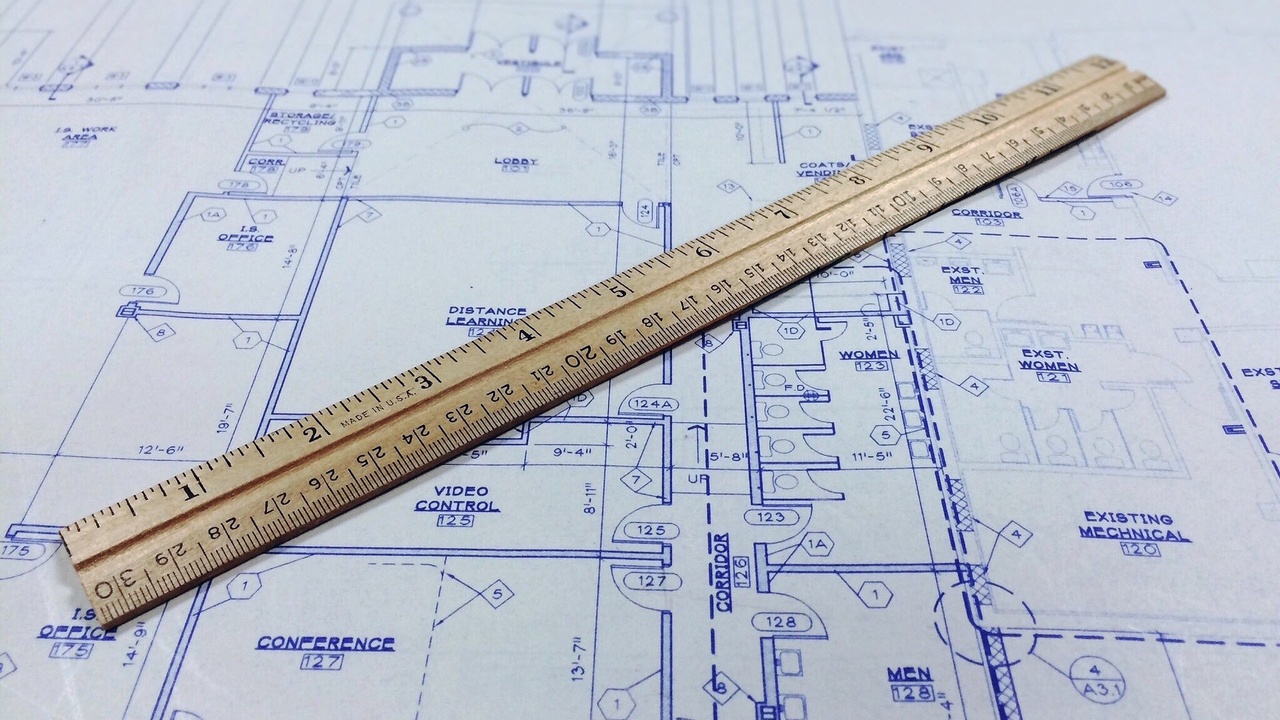
What Does Your Donor Pyramid Look Like?
The old TV game show “Pyramid” (a.k.a. “$10,000 Pyramid,” “$25,000 Pyramid,” “$100,000 Pyramid,” etc. depending on your generation) could get pretty intense. The clock would tick away as contestants would try to correctly answer six questions in Charades-like fashion.
“Pyramid” may be television history, but today’s nonprofit organizations could learn a lot about their donor pyramids from the way the game was structured.
You see, “Pyramid” never started from the top down. To win the game, contestants first had to build a base of small-dollar achievements. That base of support at the $50, $100, $150, and $200 levels wasn’t superfluous; it provided the foundation for winning the game.
Major donors are absolutely crucial for nonprofit organizations that rely on individual giving. However, it’s important to remember where major donors come from. In many cases, donors enter the annual giving pipeline with small contributions. They get to know the organization, develop an affinity for its work, and — with the right combination of donor interest, philanthropic worthiness, compelling need, and good cultivation and stewardship — over time become leadership donors, then major donors, and perhaps even legacy society members.
In 2005, one of our nonprofit clients received a $60-million gift from an alumni donor. The amount of that generous donor’s first gift to the organization? A $60 check to the annual fund about ten years prior.
So what does your donor pyramid look like? Does it resemble a traditional donor pyramid, with ample support and donor engagement at lower levels? Most important, what strategy is in place to ensure your donor pyramid remains solid over the next three . . . five . . . seven . . . or 10 years?
Think about it, and remember that the greatest pyramids only last if they are built on strong foundations.
